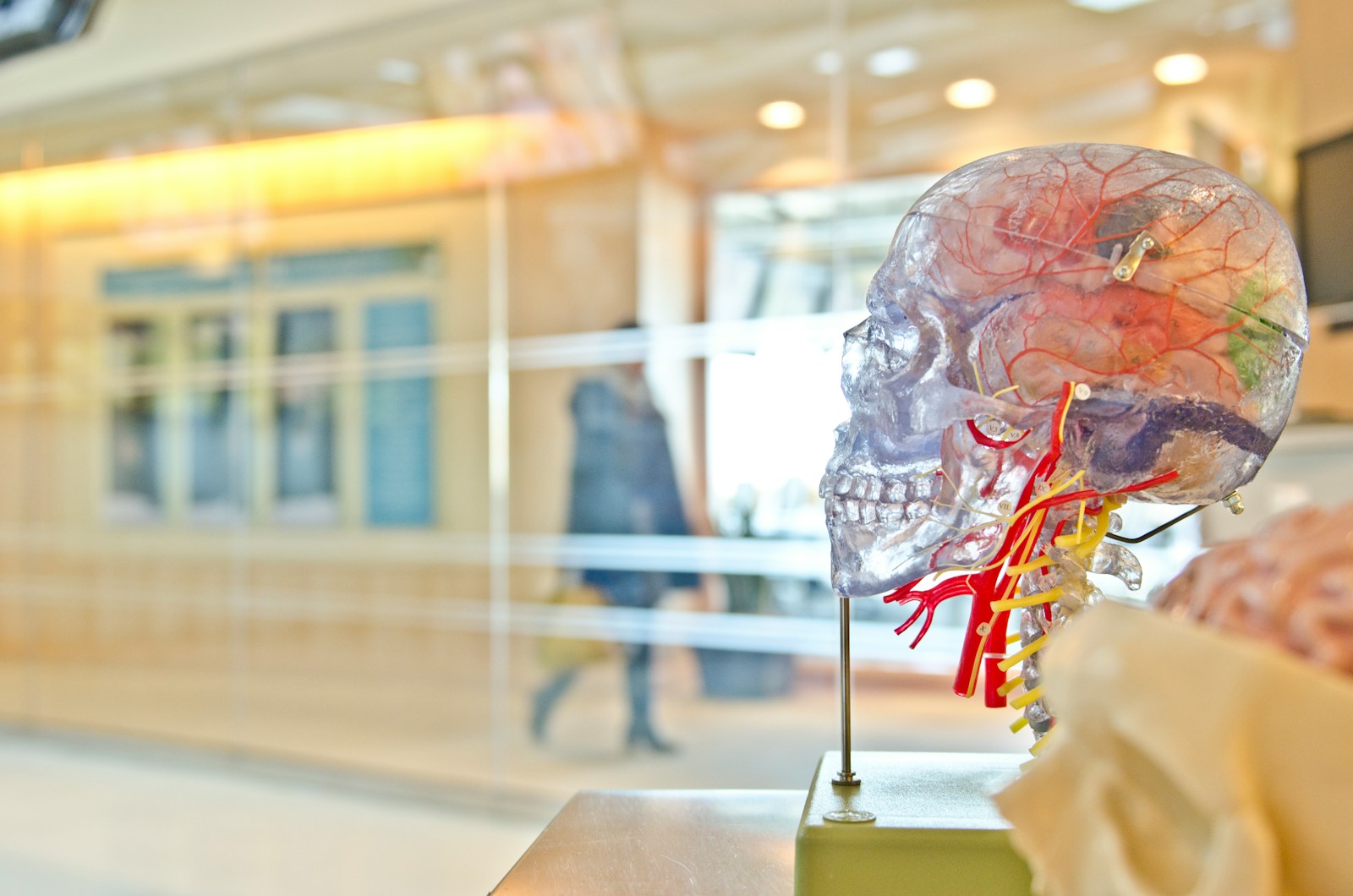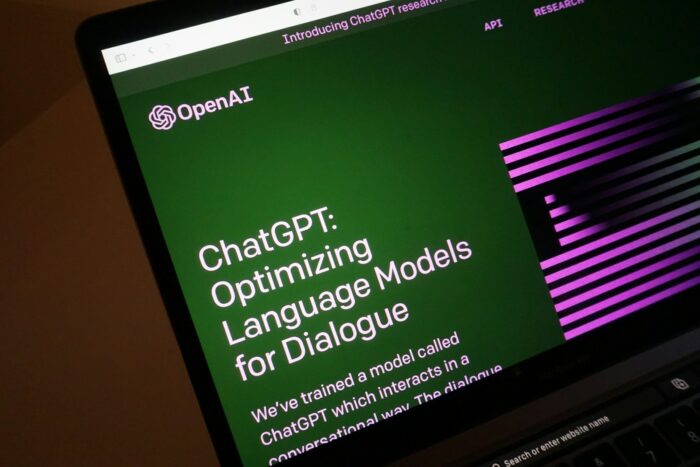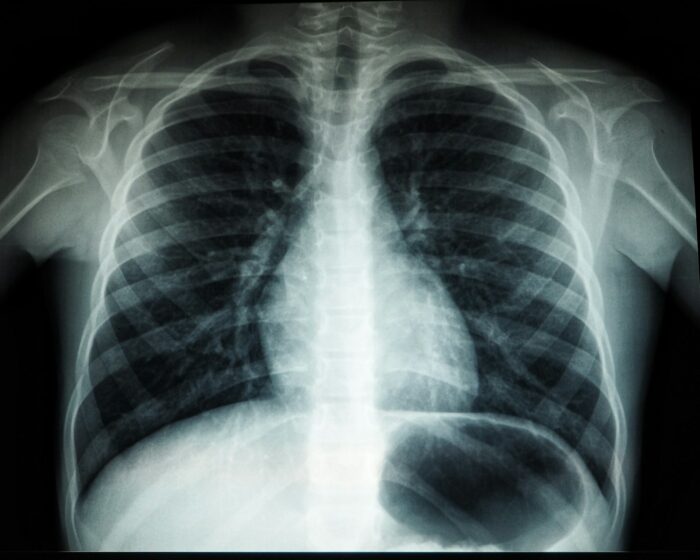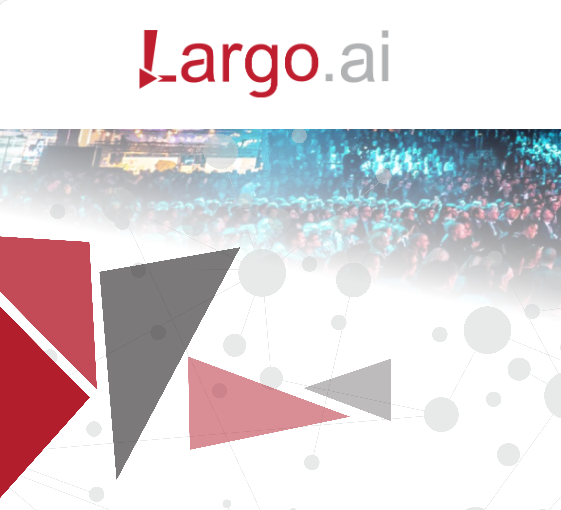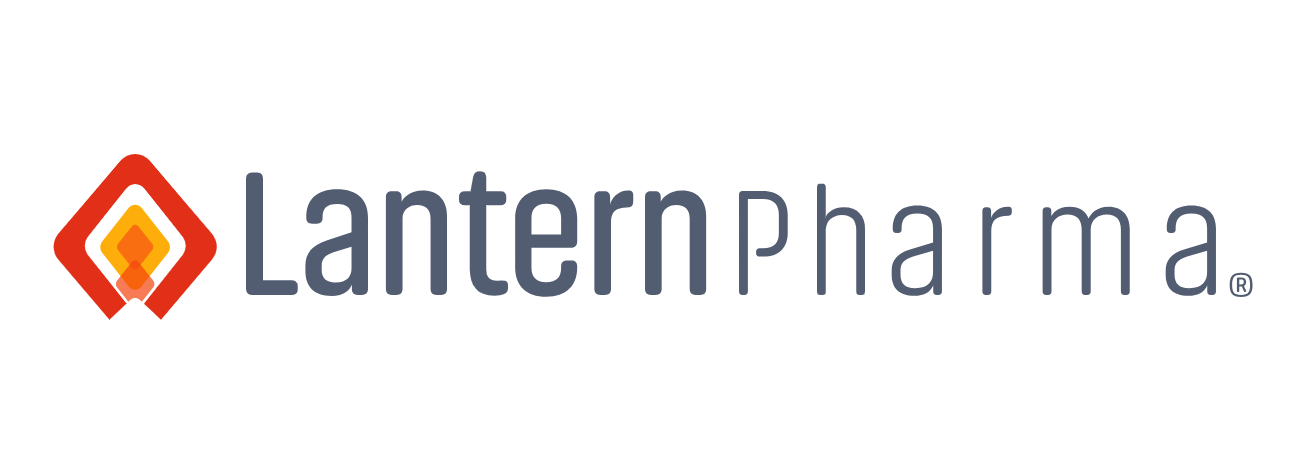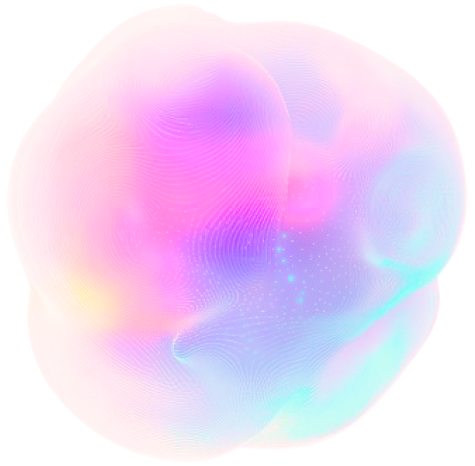Insider Brief
- AI is making an impact across nearly every industries, but its impact on the diagnostics field within healthcare may be less well-known.
- This article focuses on AI diagnostic techniques, specifically how AI is making diagnosis more accurate, efficient and accessible.
- The article also reviews AI tools used for disease diagnosis, explores compelling case studies and looks at expert opinions on the future of AI medical advancements.
As any cursory glance at today’s headlines and social media stories will show, artificial intelligence (AI) is making an impact across nearly every industries, but its impact on the diagnostics field within healthcare is arguably more transformative and, perhaps, not as well-known.
In this article, we will focus on AI diagnostic techniques, specifically how AI is making diagnosis more accurate, efficient and accessible. We will delve into the latest AI tools used for disease diagnosis, explores compelling case studies, and gathers expert opinions on the future of AI medical advancements.
AI Diagnostics — A Healthcare Evolution
AI has been gradually integrated into healthcare systems over the past few decades. Initially, it was limited to data management and simple algorithm-based tasks. However, recent advancements in machine learning (ML) and deep learning have exponentially increased AI’s capabilities, particularly in diagnostics.
Diagnostic AI tools are now capable of analyzing complex medical data, identifying patterns and making predictions that can aid in early disease detection and personalized treatment plans.
Cutting-Edge AI Diagnostic Tools
One of the most significant accomplishments of AI developers have achieved in healthcare is the creation of diagnostic tools that can analyze medical images. These tools use advanced algorithms to detect abnormalities in X-rays, MRIs, and CT scans with remarkable accuracy. Here are a few examples of these AI advances:
AI-Powered Radiology
Radiology is one of the fields where AI has made a substantial impact. AI algorithms can now identify signs of diseases such as cancer, pneumonia, and fractures in medical images more quickly and accurately than human radiologists. For instance, Google’s DeepMind has developed an AI system that can detect over 50 different eye diseases from retinal scans with accuracy comparable to that of world-leading eye doctors.
Pathology and Histopathology
AI is also revolutionizing pathology, where it is used to analyze tissue samples for signs of cancer and other diseases. PathAI, a leading company in this field, has developed AI tools that assist pathologists in diagnosing cancer from biopsy samples. These tools can highlight areas of concern on tissue slides, reducing the chances of human error and speeding up the diagnostic process.
Predictive Analytics
Predictive analytics in AI involves analyzing large datasets to predict disease outbreaks, patient outcomes, and treatment responses. For example, IBM Watson Health uses AI to predict patient deterioration in hospitals by analyzing electronic health records (EHRs). This allows healthcare providers to intervene early and improve patient outcomes.
Why AI Is Particularly Well-Suited For Diagnostics
AI is particularly well-suited for diagnostic tools due to several key aspects and capabilities that enhance its effectiveness in healthcare. Here are some of the features of AI that make it increasingly a tool that healthcare facilities not only find desirable, but, in fact, find as a necessity:
Pattern Recognition — AI, especially through machine learning (ML) and deep learning algorithms, excels at recognizing complex patterns in data. In diagnostics, this capability allows AI to identify subtle and intricate patterns in medical images, genetic data, and other diagnostic tests that might be missed by human clinicians.
Data Handling and Analysis — AI can process and analyze vast amounts of data much faster and more accurately than humans. This is particularly valuable in healthcare, where the volume of data generated from various tests, imaging modalities, and patient records can be overwhelming.
Consistency and Accuracy — AI algorithms can provide consistent and reproducible results. Unlike human diagnosticians, who may experience fatigue or subjective variability, AI tools maintain a high level of accuracy and reliability across numerous cases.
Integration of Multimodal Data — AI can integrate and analyze data from multiple sources, such as medical imaging, electronic health records (EHRs), genetic information, and clinical notes. This holistic approach provides a more comprehensive understanding of a patient’s health, leading to more accurate diagnoses and personalized treatment plans.
Speed and Efficiency — AI tools can rapidly analyze diagnostic tests and images, significantly reducing the time needed to reach a diagnosis. This speed is critical in emergency situations where timely diagnosis can be lifesaving.
LLMs and Diagnostics?
On first glance, large language models do not seem suited for diagnostics. But, they could serve as powerful ancillary tools for professionals in the diagnostics field.
For example, LLMs can be integrated with existing diagnostic tools to enhance their functionality. When used alongside AI-powered radiology or pathology tools, LLMs can provide contextual insights based on the findings from medical images or biopsy samples. This can help in forming a more comprehensive diagnostic picture, combining visual data with textual information and clinical guidelines.
We’ve mentioned predictive analytics, which involves forecasting future health outcomes based on current and historical data. One of the strengths of LLMs is they can analyze complex datasets, including genetic information, lifestyle factors, and social determinants of health, to predict disease risk and progression. This predictive capability enables proactive and preventive healthcare, allowing for early interventions that can improve patient outcomes.
Finally, LLMs can serve as valuable resources for the education and training of healthcare professionals, as well as accelerate research and discovery, particularly in the search for new diagnostic markers and treatment modalities.
Case Studies: AI in Action
To understand the real-world impact of AI in healthcare, let’s look at a few compelling case studies.
Case Study 1: Early Detection of Lung Cancer
Lung cancer is often diagnosed at an advanced stage, making it difficult to treat. However, AI is changing this. Researchers at Stanford University developed a deep learning algorithm that can analyze lung CT scans and detect early-stage lung cancer with an accuracy rate of 94%. This early detection capability is crucial in improving survival rates for lung cancer patients.
Case Study 2: Diagnosing Diabetic Retinopathy
Diabetic retinopathy is a leading cause of blindness among adults. Google’s DeepMind created an AI system that can detect this condition from retinal images with an accuracy rate exceeding that of general ophthalmologists. This tool has been deployed in clinics worldwide, providing early diagnosis and preventing vision loss in diabetic patients.
Case Study 3: COVID-19 Detection
During the COVID-19 pandemic, AI played a pivotal role in managing the crisis. AI tools were used to analyze chest X-rays and CT scans to detect COVID-19 pneumonia. Companies like Qure.ai developed algorithms that could quickly identify COVID-19-related abnormalities, aiding in rapid diagnosis and treatment.
Expert Opinions on the Future of AI in Healthcare
As more research is published, as more startups enter the space, and more larger corporations focus their efforts on AI in diagnostics, the future of AI in healthcare — and specifically diagnostics — looks promising. Some of AI’s leading experts predict that there will be even more sophisticated advances on the horizon.
Dr. Eric Topol, a renowned cardiologist and digital medicine researcher, believes that AI will continue to enhance diagnostic accuracy and efficiency. He adds that far from replacing doctors, AI will make doctors better and give them the ability to concentrate on human-to-human connection, an all important step in health and healing. He notes, “Eventually, doctors will adopt AI and algorithms as their work partners. This leveling of the medical knowledge landscape will ultimately lead to a new premium: to find and train doctors who have the highest level of emotional intelligence.”
Dr. Fei-Fei Li, co-director of the Stanford Human-Centered AI Institute, advocates for full-engagement with AI that creates collaborations — a full embrace — of AI from AI developers to healthcare professionals. “The day healthcare can fully embrace AI is the day we have a revolution in terms of cutting costs and improving care,” she said.
Andrew Ng, a leading AI researcher and co-founder of Google Brain, highlights the role of AI in healthcare. “It is difficult to think of a major industry that AI will not transform. This includes healthcare, education, transportation, retail, communications, and agriculture. There are surprisingly clear paths for AI to make a big difference in all of these industries,” Ng said.

Established Companies
Several companies and startups are making significant strides in AI diagnostics, contributing to the advancement of healthcare technology. Here are some noteworthy examples:
Focus: Developing AI systems for diagnosing eye diseases, predicting patient deterioration, and more.
Notable Projects: AI systems for detecting over 50 different eye diseases and predicting acute kidney injury.
Focus: Utilizing AI to analyze electronic health records, predict patient outcomes, and assist in clinical decision-making.
Notable Projects: Predictive analytics for patient deterioration and AI-driven cancer diagnosis tools.
Focus: Integrating AI into medical imaging and diagnostics to improve accuracy and efficiency.
Notable Projects: AI-enhanced imaging solutions for radiology and pathology.
Startups
Focus: Developing AI-powered pathology tools to assist in diagnosing diseases from tissue samples.
Notable Projects: AI tools for cancer diagnosis and research collaborations with leading healthcare institutions.
Focus: Creating AI solutions for radiology, including tools for detecting abnormalities in X-rays and CT scans.
Notable Projects: AI algorithms for detecting COVID-19 pneumonia and tuberculosis.
Focus: Utilizing AI for early cancer detection through blood tests.
Notable Projects: Developing AI-driven multiomics blood tests for early detection of cancer.
Focus: Using AI to enhance stroke detection and improve the speed of diagnosis and treatment.
Notable Projects: AI algorithms for identifying strokes from CT scans and alerting healthcare providers in real-time.
Focus: Providing AI solutions for radiology to detect and prioritize urgent cases.
Notable Projects: AI tools for detecting intracranial hemorrhages, pulmonary embolisms, and cervical spine fractures.
Focus: Leveraging AI for digital pathology, improving the accuracy and speed of cancer diagnosis.
Notable Projects: AI-powered digital pathology platform for analyzing tissue samples.
Focus: Developing AI algorithms for interpreting medical imaging and detecting various diseases.
Notable Projects: AI solutions for identifying cardiovascular conditions, liver disease, and bone health issues.
Focus: Combining AI with portable ultrasound technology to improve diagnostic capabilities.
Notable Projects: Butterfly iQ, a handheld ultrasound device with AI-powered diagnostics.
Focus: Using AI to optimize the detection and triage of strokes and other time-sensitive medical conditions.
Notable Projects: AI algorithms for real-time stroke detection and workflow optimization.
Focus: Integrating AI with digital stethoscopes to enhance cardiac and pulmonary diagnostics.
Notable Projects: AI algorithms for detecting heart murmurs and other cardiac anomalies.
Challenges Remain
While the benefits of AI in diagnostics are significant, there are also challenges that need to be addressed. Many of the challenges are centered on the need for privacy and security of medical documents. There are also vast ethical implications of using AI tools in diagnostics. Here are some specific challenges:
Data Privacy and Security: The use of AI requires access to large datasets, raising concerns about patient privacy and data security. Robust measures must be in place to protect sensitive information.
Bias and Fairness: AI systems can inherit biases from the data they are trained on. It is crucial to ensure that AI tools are fair and unbiased, providing accurate diagnoses across diverse patient populations.
Integration with Existing Systems: Integrating AI into existing healthcare infrastructure can be complex and costly. It requires training healthcare professionals to use these new tools effectively.
